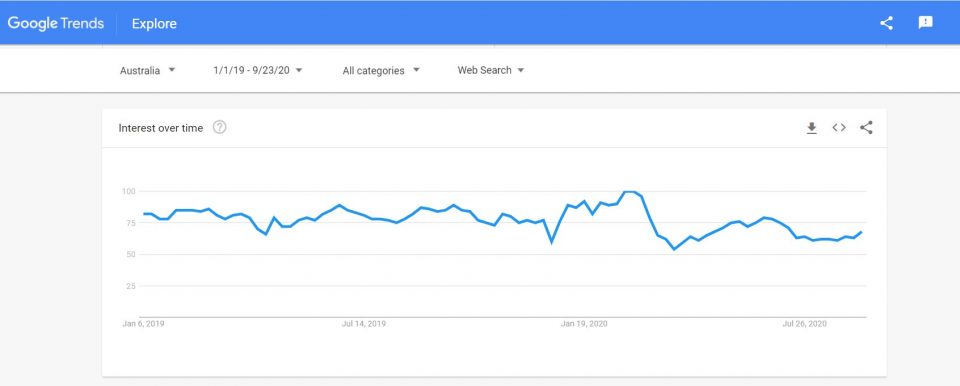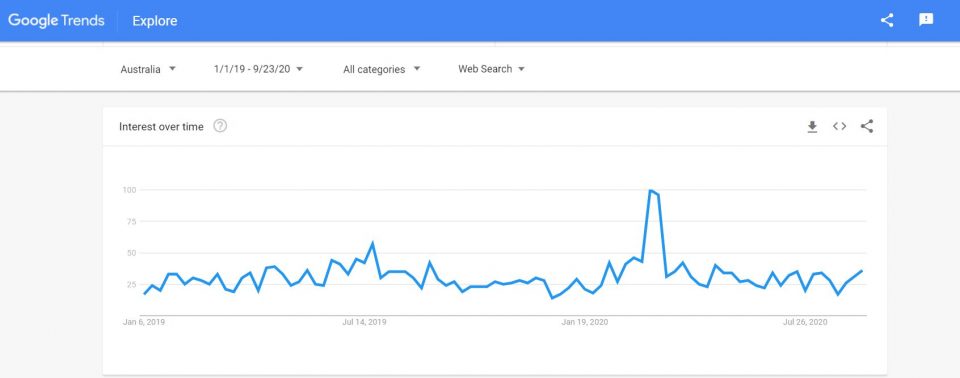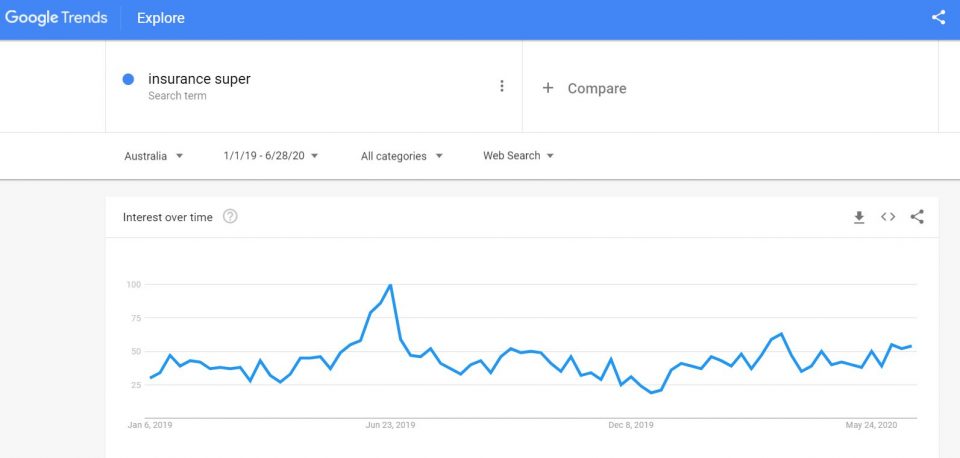
COVID-19 and IBNR claim assumption – Key Considerations Note
The purpose of this document is to provide a discussion of the material items that could be considered when setting ‘Incurred but not Reported’ (IBNR) assumptions amid the COVID-19 pandemic. Given most companies will have their own specific IBNR approach and rationale for using that approach, this is not intended as a technical IBNR note, rather a discussion of the major out-of-model considerations that come into play when setting the assumption.
Context
This note will discuss the effect of COVID-19 on morbidity (Income Protection (IP), Total and Permanent Disablement (TPD) and Critical Illness (CI) products and benefits) IBNR assumptions, acknowledging there is a potential mortality impact also. We discuss the impact on both Individual and Group business in tandem and make an attempt to note where the impact may be significantly different.
In the context of this note, a claim is notified when the insurer first becomes aware of the claim. A claim becomes received when certain items of information have been satisfied. (Note, this will be different depending on company data treatment)
Timing
It is widely accepted that the COVID-19 pandemic is expected to increase claims. However, the question remains; what level will claims increase to and how long will this increase remain? Depending on the timing of year-end reporting and ongoing pricing exercises, many actuaries have already grappled with these questions while others may have the luxury of time and can ‘wait and see’ for a few more months in this fast-moving environment before locking in final assumptions.
Judgement calls
We have suddenly found ourselves in a situation where the recent past is not necessarily a good indicator of future experience. As such, there are a number of judgement calls that will have to be made in the short term.
Claim acceleration vs increase in ultimate
In situations where claims notified are used to inform IBNR calculations a decision will have to be made on what proportion of claims are an increase to the ultimate claims cost and what proportion are accelerated claims that would have been observed at some point in the future regardless of this event.
Looking at the distribution of recently notified claims by delay, age profile and claim cause, among other factors, can be a useful tool in determining what proportion of claims are a true increase to the ultimate.
In the context of COVID-19, many expect an increase in mental health claims in particular, given both the effects of social distancing and the recession.
Additionally, we might make a call on the relative delay’s observed. Depending on the pre-pandemic claims delay factor (CDF) observed, claims post a certain delay could be assumed an increase to claims rather than an acceleration.
Claimant awareness
Member/policyholder awareness comes into play when determining how likely a claim is to be an acceleration rather than an increase to the ultimate, particularly on Group business.
Looking at Google, trend data can be an interesting exercise when attempting to gauge this awareness level. It is certainly not conclusive, however there does seem to be a slight uptick in search terms such as ‘insurance claim’, ‘insurance’ and ‘income protection’.

Searches for ‘Income Protection Insurance’ saw a significant increase in the last week of March as observed in the chart below:

Interestingly, it seems terms such as ‘insurance in super’ hit a peak in mid-2019 around the time of PYS (Protect your Super) legislation implementation but did not hit that peak again in in early 2020 due to COVID-19:

Arguably the ‘awareness levels’ observed in Group insurance are already at a relatively high level due to the recent legislation changes. It will be difficult to disaggregate the impact of COVID-19, PYS and PMIF (Putting Members’ Interests First, legislation implemented 1st April) on IBNR.
With that being said, a recent survey conducted by KPMG found that “half of consumers” are “now more aware of their super balance since the [COVID-19] crisis”, which suggests they may be more aware of their insurance too.
Setting aside the macro factors affecting awareness levels there are many factors that will affect the starting awareness level of a specific fund. This is important to consider as it is the change in awareness that can be linked to the increase in expected claims expected. These factors include trustee communication and engagement with members, union involvement and who is paying the insurance premium; members or employers. Additionally, members who were recently contacted in relation to PYS and/or PMIF will be expected to have higher awareness levels and we could assume will not be further impacted in terms of awareness.
Potential delay increases
There is also scope for elements of the current COVID-19 impacts and responses to increase claim delay, on both new claims and claims that would have been observed regardless.
JobKeeper
The ongoing support from the Government in the form of the JobKeeper subsidy will have the impact of delaying a number of potential claims. It is difficult to know how this will play out as the economy returns to ‘normal’ post COVID lockdown. At the time of writing, JobKeeper had been extended to the end March 2021, albeit at a slightly lower payment level. We can reasonably assume that once these payments cease, additional claims will start to appear in claim portfolios. The question remains; will these claims be backdated to sometime between March 2020 and March 20201 i.e. are they truly IBNR or will they become new claims incurred post JobKeeper end. There is evidence to suggest both scenarios are plausible.
The expectation is that the cessation of JobKeeper and the myriad of issues that come with it, will trigger an increase in Mental Health related claims. Additionally, we should reasonably expect a larger number of younger claimants, as younger people are more likely to be impacted by the economic downturn. Typically, Mental Health claims and younger claims are notified with a longer delay and could also drive an increase in the expected claim delay.
Delayed Medical Treatment
There is a volume of claims that will emerge due to lack of medical treatment with many people avoiding hospitals during the pandemic.
There’s also the impact caused by delay in claimants getting required proof of eligibility to claim. This might present as a delay in claim decisions so will be more important where IBNR Is based off claims received vs claims notified.
Accident claims
Its not all bad news however, insurers may already have observed fewer than expected claims due to workplace and road accidents. It will also be important to consider these when using recent data to inform IBNR assumptions.
Decline rate
There is also an interaction between newly notified and future expected decline rates. A sharp increase in notified claims might reasonably lead to a temporary change to the assumed decline rate, in particular in situations where a flat decline rate is assumed across a portfolio. Factors to consider include; changes to the proportion of various claim causes and claim delays and any external factors such as reputational pressures.
Industry difference
Finally, various industries and occupations of the insured portfolios under consideration will be a key consideration. Different Group funds will behave differently depending on their industry, while different Retail portfolios will be impacted differently depending on their occupational make-up.
We are entering a recession like no other. It will not be as simple as looking at what happened during and after the GFC and extrapolating to current day. This recession will impact different industries in very different ways. Obvious examples of industries struggling include aviation and entertainment industries; however, a more interesting consideration is those industries that are likely to thrive in these conditions. Of course, online groceries, online learning services and pet supplies are all flourishing, to name just a few. Perhaps though the specific company in question might be a better indicator rather than the industry. Companies that are adapting and reimagining how they operate seem to be reacting well and taking advantage of this situation.
Conclusion
An event has occurred that has changed not only the level of claims expected to be observed but also the pattern in which they are likely to be reported. This is causing unprecedented levels of uncertainty. On top of this uncertainty, the ‘event’ that has occurred continues to evolve and so, not only do we have to make a judgement call on the likely impact of these circumstances but also the likely path these circumstances will take. We hope the above considerations will help to inform and guide discussions around setting IBNR assumptions as we stagger towards more precedented times.
CPD: Actuaries Institute Members can claim two CPD points for every hour of reading articles on Actuaries Digital.






